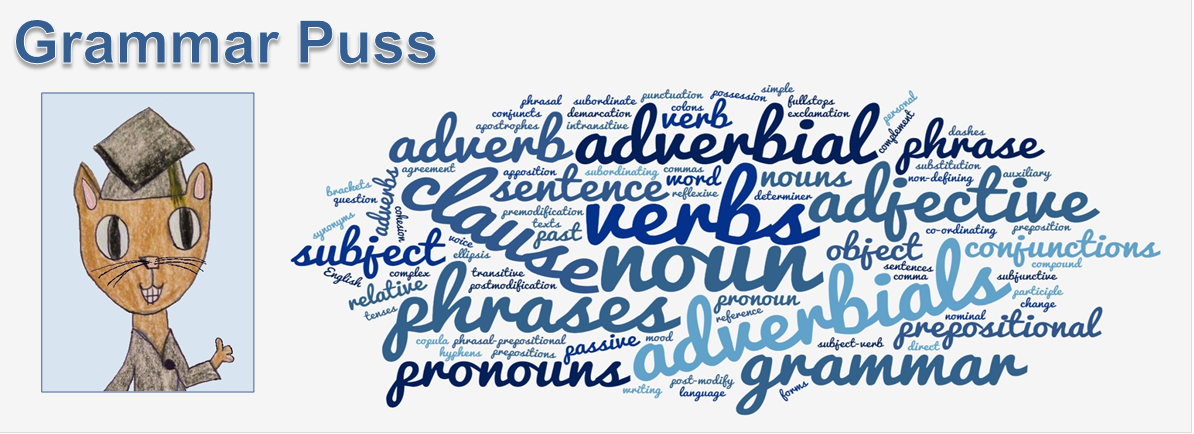Verbs in the subjunctive mood are used to show expression of
a hypothetical situation or one where something is demanded, recommended,
wished or expected. The following examples show some of the different
structures we can use for the subjunctive mood, which will be explained below.
2. The directors recommend that he attend the hearing. (subordinate ‘that’ clause containing base infinitive form of the verb)
3. The directors recommend that he not attend the hearing. (subordinate ‘that’ clause containing negative + base infinitive form of the verb)
4. I would suggest that you be ready for the changes. (subordinate ‘that’ clause containing base infinitive form of the verb ‘to be’)
5. It is important that staff be waiting outside for their arrival. (subordinate ‘that’ clause containing continuous form)
6. They expect that the work be completed by Friday. (subordinate ‘that’ clause containing passive form)
1.
If I were to leave, I would miss the final
speech.
The subjunctive mood can be used in subordinate clauses introduced
by ‘if’, which express a hypothetical situation. In these structures, the first and third
person singular past form ‘was’ is changed to ‘were’.
- If he were a better swimmer, he would have won the race.
- If I were Minister for education, I would not require eleven year olds to master the subjunctive.
2.
The
directors recommend that he attend
the hearing.
The subjunctive can be used to express obligation,
requirement, desire or compulsion when the sentence contains a subordinate
(nominal) clause introduced by ‘that’. To
structure the subjunctive in these situations, the third person singular verb
does not take the ‘s’ suffix. This is
the same form as the base infinitive of the verb, i.e. ‘to attend’ would be the
infinitive form; the base infinitive form does not include the word ‘to’.
- The headmaster requested that the boy change his attitude.
- The H&S Officer recommended that the manager reconsider the advice he gives.
3. The directors recommend that he not attend the hearing
The structures explained in 2. can also be formed in the
negative.
4.
I would
suggest that you be ready for the
changes.
Again, this is a subordinate ‘that’ clause which uses the
base infinitive form of the verb. Children
will probably only have come across ‘be’ used on its own in a verb position
when they are forming a command (Be ready at three!). They may not even recognise that ‘be’ is related
to ‘was’ and ‘were’, so using this particular verb in subjunctive mood could
require some explaining.
5.
It is
important that staff be waiting outside
for their arrival.
The continuous form can also be used in the subjunctive, but
is constructed by using the bare infinitive ‘be’ with the present participle,
rather than the ‘is/was/are/were’ auxiliaries that we normally use with
continuous forms.
6.
They
expect that the work be completed by
Friday.
In this type of subjunctive construction, when the verb is
required in the passive voice, the bare infinitive ‘be’ is again used as the
auxiliary verb rather than the more familiar auxiliaries ‘is/was/are/were’. Of course we could also write this sentence
without using the subjunctive:
- They expect that the work should be completed by Friday. (modal verb phrase)
- They expect that the work will be completed by Friday. (modal verb phrase)
- They expect the work to be completed by Friday. (verb phrase formed by infinitive + past participle)
Other examples of passive use of the subjunctive are:
- The team managers agreed that the match be postponed.
- The judge demanded that the prisoner be removed from Court.
All the examples above can be written in different ways
which don’t use the subjunctive. Modern
English has a wide range of modal auxiliary verbs which we can use to express
hypothetical situations, obligations, desires and recommendations, so use of
the subjunctive mood is optional and may well sound rather odd to some people. As our language changes, use of the
subjunctive may reduce further, which will only increase the number of people
who will find this construction ‘strange to the ear’.
There is one last point to make about the subjunctive. We often come across it in fixed
expressions. The fact that these are
fixed shows the length of time they have existed in our language and does
rather reinforce the view that the subjunctive mood is slightly archaic. However, it is worth recognising these for
what they are, so I list a few below.
You will note the use of ‘that’ clauses and bare infinitives, as in the
more modern examples above.
- God save the Queen!
- Be that as it may …
- Heaven forbid that …
- Come what may, I will persevere.

thank you for the explanations. I always find this a bit of a minefield to try and teach.
ReplyDeleteDo you have any great ideas of practical ways of helping explain this to a non confident group of Y6?
To be honest, I'm not sure the subjunctive is something we should be teaching to non-confident year 6 children! There are many other more useful aspects of grammar which will help them improve their writing. Certainly any children who are not secure with subject-verb agreement should focus on that first. Whole class teaching on the subjunctive may therefore not be appropriate.
DeleteI would introduce it to more able writers in guided sessions by finding examples of the 'if/were' structure in formal texts and discussing what is different about the structure. Then explain how it is used and ask them orally to experiment with ideas, reinforcing the idea of only using in a formal context.